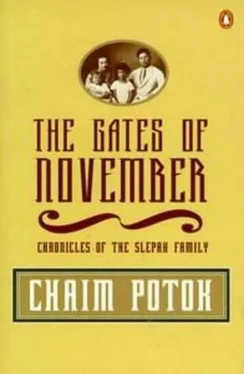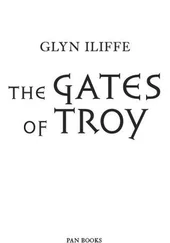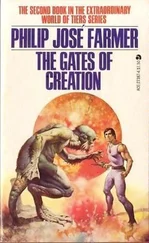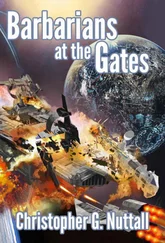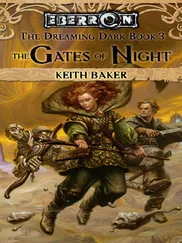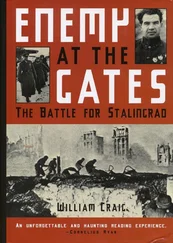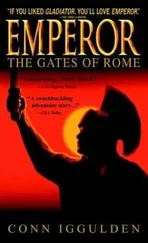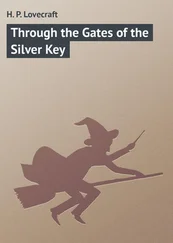The country was preparing for war. Solomon Slepak, now supporting himself by tutoring, was a relative newcomer to Orsha and still unmarried. And regarded as somewhat unstable politically, not an actual member of a revolutionary party, to be sure, but a participant in meetings of a suspicious nature. The police seemed to be watching him. His name was near the top in the recruitment lists the Orsha community was required to submit to the army. But he had no intention of joining the army of Russia. Instead he fled, crossing the border on foot into Russian Poland. It is not known if he had somehow obtained the necessary passport from local officials or if he crossed illegally; the only document it is certain he had with him was his school diploma. Carrying few clothes and very little money, he made his way across Poland into Germany, somehow avoiding the numerous control points along Germany’s eastern border. For a while he worked at odd jobs, fixing this, lugging that, accumulating the necessary thirty dollars-about one hundred rubles, a great deal of money in those days-for his travel ticket and the additional thirty dollars he would need to show the American immigration officials at Ellis Island in order to be admitted into the country.
In Hamburg he obtained a United States visa from the consular office and boarded a ship that sailed to England and America. He traveled steerage class in one of the three enclosed lower decks of the ship with more than a thousand other passengers, in a crowded room that was about seven feet high and extended the entire breadth of the ship and to about one-third its length. The air was unutterably foul, reeking of dirty bodies, tobacco, garlic, disinfectants, and the stench of the nearby toilet rooms; the floor slippery with the vomit of the seasick.
One sailed in steerage-so named because it was originally located near the rudder-to the noise of the stirring screws, the roll and thud of waves, the staccato of hawsers, and the trembling of steel railings. At times, when the weather grew calm, there might be cardplaying and even music and dancing on the decks, but nearly always the journey, lasting about ten days, was a hell that some thought cleansed them of sins and prepared them as if newly born for the land of Columbus.
At the end of that dreadful voyage, as the ship made its way through the Narrows between Brooklyn and Staten Island, Solomon Slepak gazed spellbound at the Statue of Liberty, utterly mesmerized by the sight of the tip of Manhattan Island. And when the ship docked at one of the piers on the New York shore, he watched as those who had sailed in first and second class disembarked and entered customs directly to have their papers and baggage checked; then he and all the others who had traveled in steerage, save American citizens, left by walking down a gangplank at the stern and assembled on the pier in groups of thirty. From there they were loaded onto barges, together with their baggage, for the brief journey across the water to the red buildings on Ellis Island.
In 1913, the year Solomon Slepak arrived in the United States, nearly nine hundred thousand immigrants came through Ellis Island. The immigration procedures on the island were a fearful experience. Faces in photographs reveal the fright in immigrant hearts.
Solomon passed through the preliminary medical inspection in the second-floor registry room-no hernia, no TB, no heart ailments, no mental defects-and then stood on numerous lines and sat on clean wooden benches and went through further examinations: the genitalia for venereal disease, the skin for a “loathsome or dangerous contagious disease.” Light streamed into the vast room from tall side windows, and the air was fresh. One doctor examined his scalp, another his fingernails; a third painfully probed his eyes. He was asked his age, his destination. Was he an anarchist, a polygamist, had he ever been in prison, who had paid his passage, could he read and write, did he have a job waiting for him? To the last question he replied that he did not have a job, and displayed his school diploma to verify his employability and usefulness to America. An interpreter translated his responses to the examiners and the immigration inspector. To the inspectors final query, “Do you have thirty dollars? If less, how much?” he responded by showing the equivalent of thirty dollars in foreign money he had earned as an itinerant fixer in Poland and Germany and received his “Admitted” card. Together with other new immigrants he left the building and walked to the ferry.
A mile-long ride over the waters of Upper New York Bay brought him to the terminal at the Battery. Behind the wire netting that entirely encapsulated the walk from the boats waited the anxious and eager crowd of relatives and friends. He looked around for his older sister, Bayla.
Bayla was an outcast, a virtual excommunicate from her family, a daughter whose name was never spoken by her mother. Before departing for America some years earlier, she had committed a heinous act. One of her children, a daughter, had been born retarded. As conditions in Russia worsened into deepening nightmare, Bayla became determined to take her family to America. Aware that the retarded child would be turned away by the immigration authorities and thereby jeopardize the entry of the entire family, she did the unspeakable: She decided to deliver the child into the care of her grandmother, Bayla’s mother.
Violent quarrels rocked the family over that decision. It was unheard of, scandalous, to leave behind forever one child while taking the others. What kind of mother did such a thing-deserted a disabled child? One had to have a heart of stone! And what would happen to the poor creature when her grandmother passed on to the True World? Who would care for her then?
Bayla turned away from her child and left her mother and older brother and sailed with her family to America, and was waiting on the dock when her younger brother disembarked from the ferry with his few belongings, his thirty dollars, and his diploma. They took the subway to her family in Brooklyn.
It was during his years in New York that Solomon Slepak became a revolutionary. He lived with his sister’s family on Division Avenue in the Williamsburg section of Brooklyn. The streets were a mix of Jews from Eastern Europe, Italians from Sicily and the region around Naples, and Ukrainians and Poles. Dirty, noisy, crowded streets. Old nineteenth-century brownstones with bay windows and ironwork fences; and walk-up apartments; and wood-frame row houses later to become firetraps and slums. A steel bridge, completed in 1903, spanned the East River. It became known as the Jews’ Bridge; the New York Herald called it “the Jews’ Highway.” It linked the newly arrived immigrant Jews on the once-elegant streets of Williamsburg to the Jews who lived on Delancey Street in the heart of the teeming Lower East Side of Manhattan, the “miserably darkened Hebrews” with whom “the thoroughly acclimated American Jew… has no religious, social or intellectual ties,” in the words of the Hebrew Standard in 1894. Riding or walking across the bridge on a warm, clear day, one could see the Manhattan skyline, gaze into the heart of capitalism. Did Solomon Slepak, recently come to Marxism and the Social Democratic Party, marvel at the power of this purported enemy of the proletariat? Did he see class struggle in the swarm and crush of people on the streets, the Jews pushing their carts, the filthy sidewalks, the dark tenements; or in his first job in a factory that made men’s and women’s belts, wallets, and purses, where he labored at a hot press stamping out leather patterns? In capitalist fashion, the leather company soon went broke, there being scant demand for its goods. He took a job selling dishes, peddling his wares before the Passover festival, when dishes used all year long must be stored away and dishes used only for the festival brought out or acquired. And he caught on to a common scam: Start across the street with your cart of dishes, step into the path of an oncoming truck, and then jump adroitly out of the way while letting the truck smash into and destroy the dishes. And claim the insurance. Learning quickly the seamy side of America.
Читать дальше
